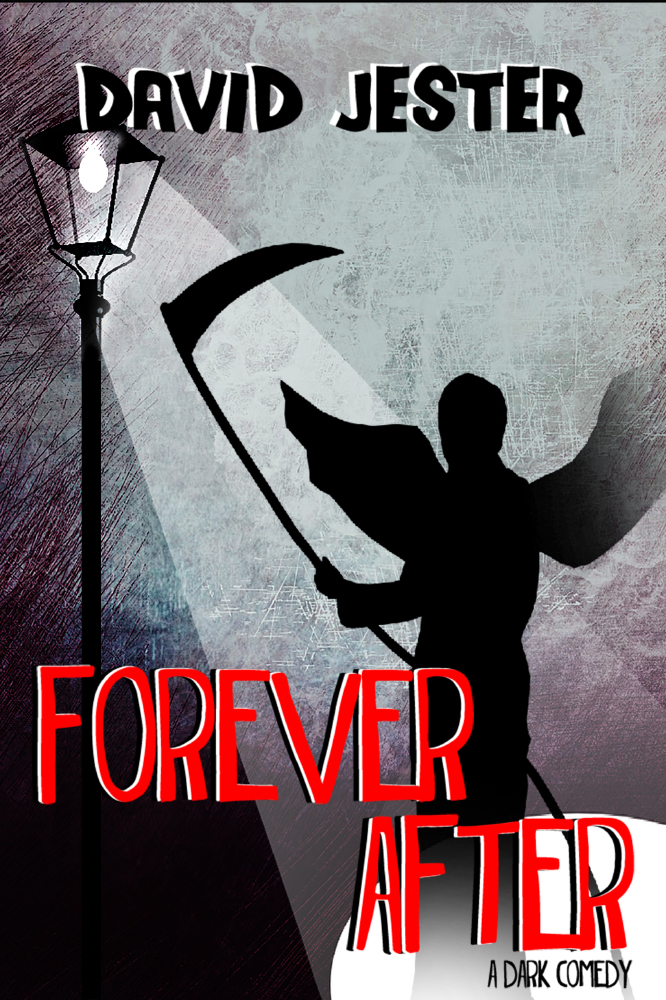By David Jester, author of Forever After

Forever After
Being a big fan of the horror genre, and having written several horror novels over the last few years, I have a fairly good idea of what it takes to make these stories work.
Just in time for Halloween, here are my key ingredients for writing a spine-tingling horror.
Comedy
My latest novel, Forever After, is really more comedy than it is horror and it’s probably more fantasy than it is comedy. It’s always good to have a clearly defined genre, but there’s nothing wrong with mixing things up.
I realized a long time ago that horror always works best with comedy thrown in, but it needs to be used sparingly and in the right place. If you throw random slapstick into the scary moments then it’s going to spoil the suspense. If you use it before things start to get scary then you can gently lull readers into the story while keeping them entertained, and if you use it as part of a happy ending then you create more of a sense of elation that the heroes have survived.
I used the same tactics for The Clinic, which was always one of my more popular titles (it will be re-released in February 2018). For my slasher novel This Is How You Die, my personal favorite, I used it throughout, but the story wasn’t traditional and the comedy was very dark, so it worked.
Keep it Claustrophobic
The best horror stories are the ones told over a short space of time and in an enclosed area. There is a certain comfort to claustrophobic stories like this and it’s why many of us are drawn to sitcoms, even if we don’t really find them funny. The Shining, The Exorcist, Amityville—the best horrors draw you into a single space and timeframe and play out in real time.
Some of the best horror novels ever written use an extension of this tactic. I Am Legend by Richard Matheson managed to make an entire world claustrophobic by focusing on the protagonist’s home and his loneliness as the last man alive in a world of vampires.
Then you have the stories that have focused on underground tunnel networks, catacombs, lifts and even graves.
I didn’t do this in Forever After, but like I said, it’s not technically a horror, though it does have horror trappings. I did do it in The Clinic though, which is set in isolated rehab clinic, and it’s a spine-tingling technique you’ll also see in many other horror novels I write.
The Twist
Finally, all good horror novels need a twist, or a few twists if you can. If you can lead readers down one path and then take the story down another then you have the recipe for an ending that they won't forget in a hurry.
The best way to do this is to make sure you don’t know the twist yourself until the very end. I rarely know which directions my stories are going because it wouldn’t be very interesting to write if I did. You wouldn’t get a kick out of reading a book when you knew every plot turn, and it’s the same for the person writing it. So, let the story tell itself and only when you’re ready to add some twist and turns should you really sit down and have a think.
Explain the direction of the story to a friend or family, ask them what they think the likely twist is and when you get enough ideas, do something that none of them predicted. That way, you have something that your readers won’t guess either.
Forever After by David Jester (Skyhorse Publishing) is out now, priced £13.01 in paperback and £12.36 as an eBook. Visit www.david-jester.com
Top 10 tips on writing romance for men by bestselling romcom author David Jester

